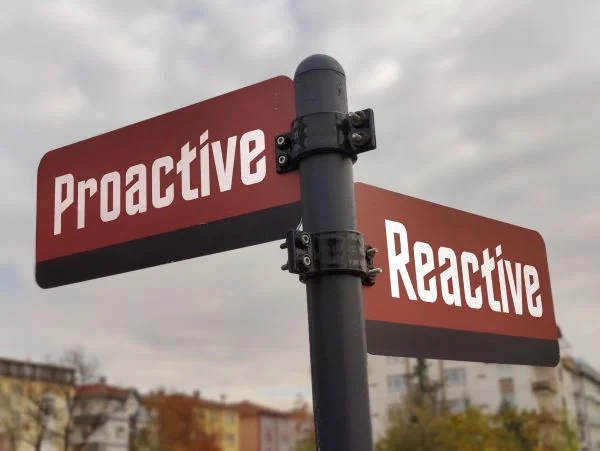Over the past few years, we’ve seen a trend of companies abandoning traditional training programs built on standardized courses of instruction – replacing them with employee centered development leveraging applied training methods and individualized coaching. The shift from instruction to coaching is generating tremendous results both in the outcomes employees produce and the ROI on training investments.
Traditional Instruction methods aren’t enough
The dictionary defines instructing as: “furnishing with knowledge by a systematic method” – more commonly referred to as a ‘skills and drills’ approach. While traditional methods of instructions are well suited for repetitive production tasks and promoting consistency amongst employees, they are often ineffective (and sometimes counter-productive) for developing skills and capabilities in the modern workforce where every job is unique and business needs evolve quickly.
According to a recent report by the World Economic Forum, the skills modern workers will need most over the next decade are things like: Critical Thinking, Problem Solving and Complex Decision Making. These skills require the employee to be observant, creative, understand patterns and find new answers to business problems, not just perform repetitive tasks. Providing development opportunities for modern workers means teaching them these new skills. That requires a different approach to learning – one which coaching is far more effective than traditional instruction.
Coaching addresses the learner’s specific needs
We already looked at the definition of instruction (skills and drills). Coaching is defined differently: “working with clients to improve their effectiveness and performance, helping them to achieve their full potential.” With coaching, the focus is on the learner, providing the instruction that they need, instead of on some standardized set of materials. Instead of starting from scratch, coaching treats learning as a continuous improvement process. Coaching is typically tailored to the learner’s existing skills, the business environment and the activities they need to perform.
Learning is about impact, not checking a box
Another key difference between instruction and coaching is the measurement of success. Instruction is measured by quantity of outputs (Modules presented, students taught or certifications obtained). While these may look good on a teacher’s marketing materials or on the learner’s resume – they really don’t indicate whether the student has learned anything. Instead of focusing on outputs, coaching focuses on outcomes. These outcomes are measured in terms of impact to the business – performing tasks more efficiently, solving more complex problems, improving product quality and consistency of work.
Increasing the returns on L&D investments
Profit margins are shrinking, competition is becoming fiercer than ever before and market conditions change in a matter of minutes. Companies need their workforce to be lean, effective and agile – responding to the environment and helping the company address risks and exploit opportunities. Employee development programs are tasked with helping employees acquire these skills and abilities.
- Applied learning is more effective and produces greater results
- Focusing on individual learners’ needs makes coaching approaches more adaptive to change
- Blending hard and soft skills together enables more holistic learning outcomes
- Tailored coaching provides a stickiness for longer lasting impacts
Traditional instruction methods are too slow to implement and don’t produce the returns that companies expect from learning and development investments. Switching to coaching based learning methods is producing greater ROI and business results that leaders can see.
View Belinda’s webinar where she discusses an alternative path to traditional training methods.



